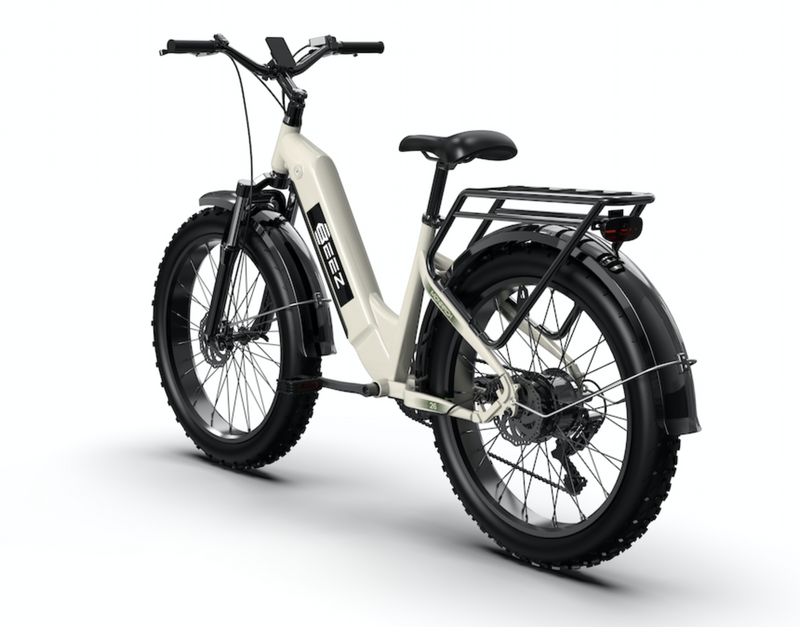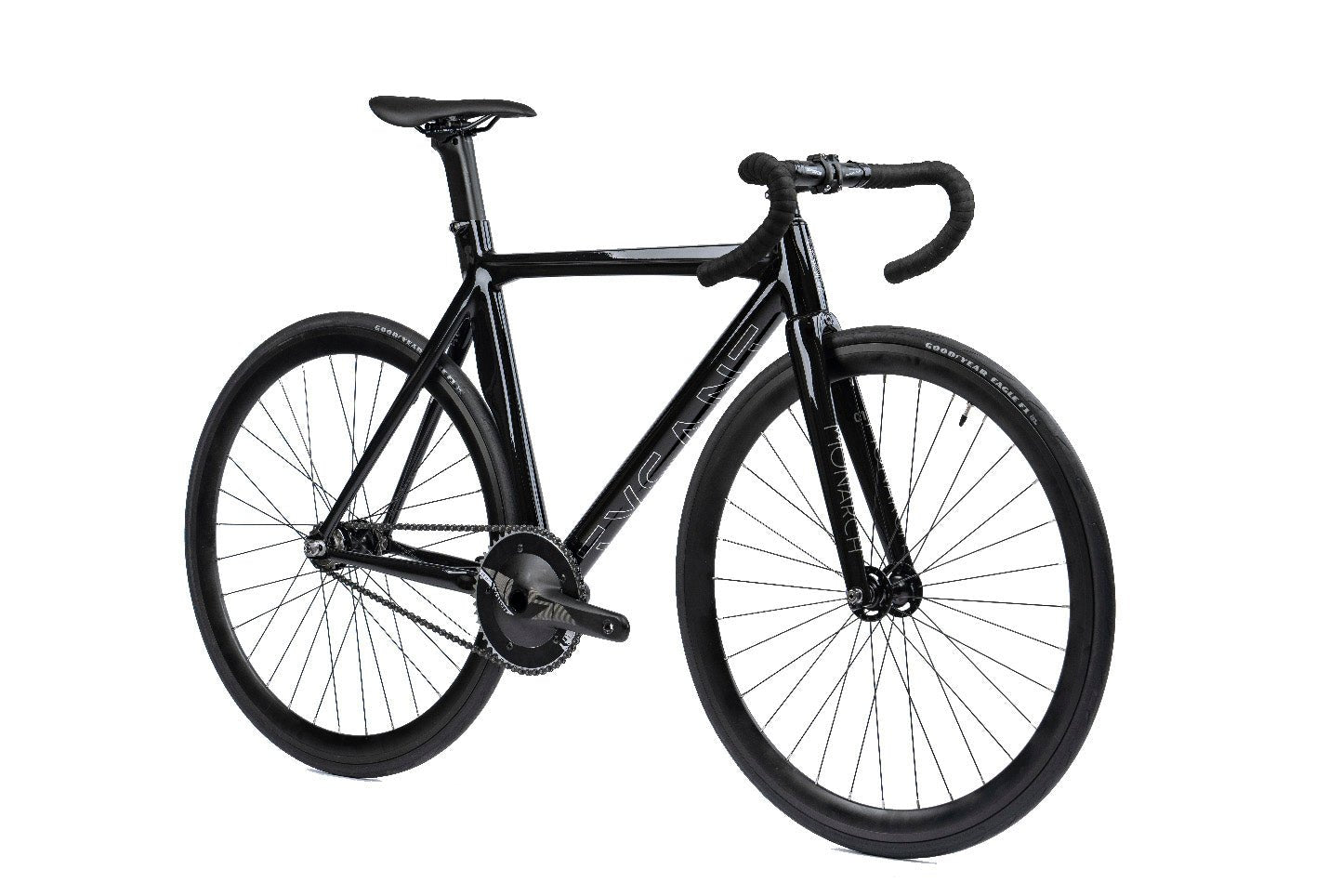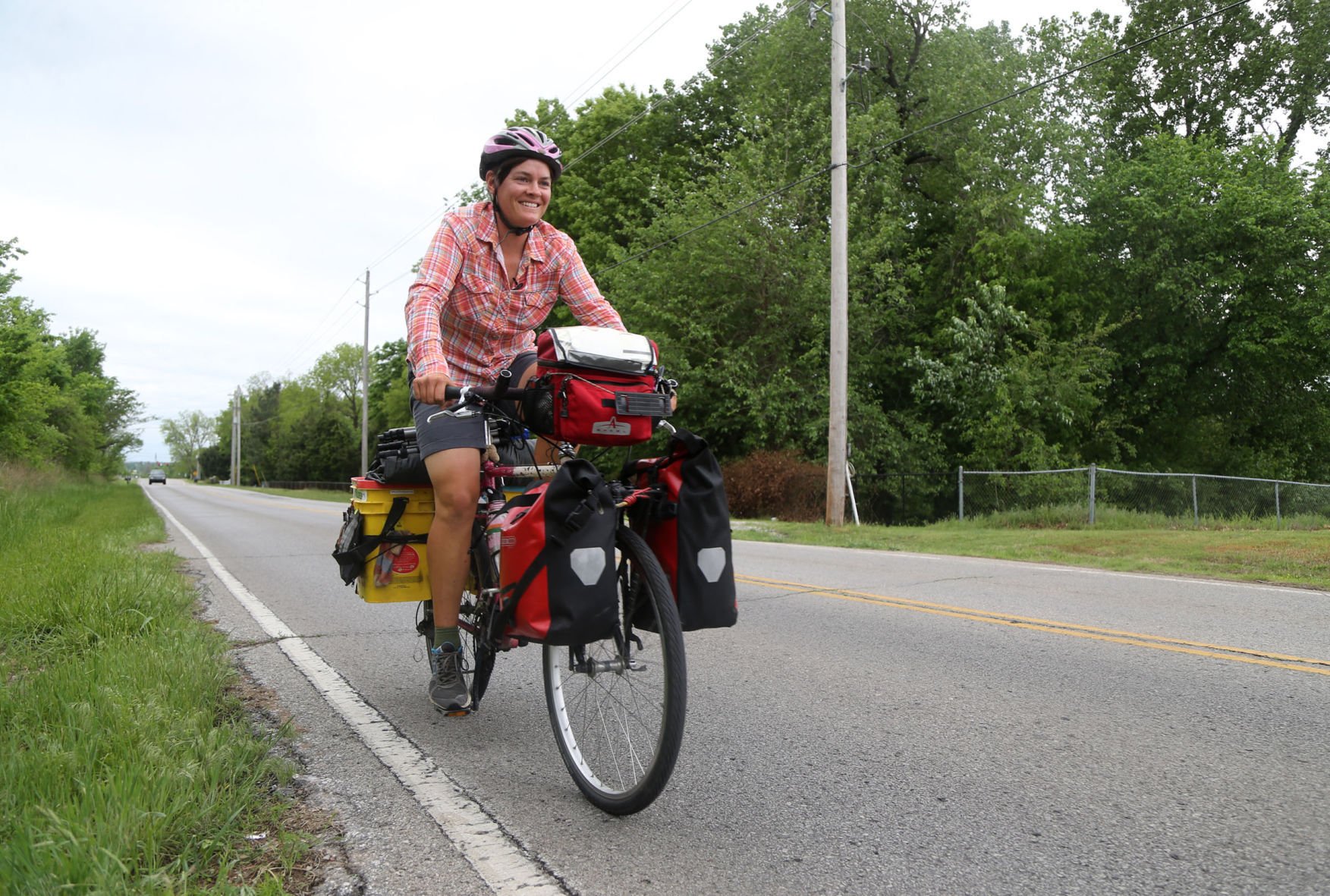In a world that often prioritizes the speed and convenience of modern transportation, a revolutionary movement has emerged, embracing the humble bicycle as a symbol of a more sustainable, equitable, and community-driven future. Introducing the concept of the “bicycle monarchy” – a visionary approach to urban planning and civic engagement that places the bicycle at the forefront of societal transformation.
This comprehensive guide delves into the captivating world of the bicycle monarchy, exploring its origins, core principles, and the transformative impact it is having on communities around the globe. Whether you’re a cycling enthusiast, an urban planner, or simply someone seeking to reimagine the way we interact with our built environments, this article will empower you to envision a future where the bicycle reigns supreme and the people reclaim their right to the road.
Prepare to pedal your way into a new era of urban design, civic engagement, and sustainable living as we explore the rise of the bicycles monarchy.
The Foundations of the Bicycle Monarchy
To fully understand the significance of the bicycles monarchy, it’s essential to explore its origins, underlying principles, and the visionary individuals who have championed this revolutionary concept.
The Emergence of the Bicycle Monarchy Concept
The bicycles monarchy movement can be traced back to the work of urban planners, activists, and forward-thinking policymakers who recognized the transformative potential of the bicycle in shaping the fabric of cities and communities.
Challenging the Dominance of Automobiles
At the heart of the bicycle monarchy lies a fundamental rejection of the car-centric urban design that has long dominated modern cities, causing a range of social, environmental, and health-related issues.
Prioritizing Sustainable and Equitable Mobility
The bicycle monarchy model seeks to redefine urban mobility, placing the bicycle at the center of a more sustainable, accessible, and inclusive transportation system.
The Core Principles of the Bicycle Monarchy
The bicycle monarchy is guided by a set of core principles that serve as the foundation for its visionary approach to urban planning and civic engagement.
Prioritizing Cycling Infrastructure and Connectivity
A key tenet of the bicycle monarchy is the development of comprehensive cycling networks, including dedicated bike lanes, bike-sharing programs, and seamless intermodal connections.
Fostering Inclusive and Livable Communities
The bicycle monarchy emphasizes the creation of inclusive, pedestrian-friendly, and vibrant public spaces that cater to the needs of all community members, regardless of their mode of transportation.
Promoting Environmental Sustainability and Resilience
By prioritizing the bicycle as a primary mode of transportation, the bicycle monarchy model aims to reduce carbon emissions, mitigate climate change, and enhance the overall environmental resilience of urban areas.
The Visionary Leaders of the Bicycle Monarchy
The bicycle monarchy movement has been spearheaded by a diverse group of urban planners, policymakers, and grassroots advocates who have championed this revolutionary approach to city design and civic engagement.
Highlighting Pioneering Cities and Initiatives
Across the globe, cities like Copenhagen, Amsterdam, and Bogotá have emerged as trailblazers in the bicycles monarchy movement, serving as inspirational models for other municipalities to emulate.
Recognizing the Contributions of Cycling Advocates
Passionate individuals and community organizations have played a vital role in raising awareness, pushing for policy changes, and mobilizing support for the bicycles monarchy vision.
The Transformative Impact of the Bicycle Monarchy
The implementation of the bicycle monarchy model has the power to catalyze profound and wide-ranging changes, positively impacting the social, economic, and environmental fabric of communities.
Enhancing Livability and Quality of Life
At the heart of the bicycle monarchy lies a commitment to improving the overall livability and quality of life for all residents, regardless of their mode of transportation.
Promoting Active and Healthy Lifestyles
By making cycling a convenient and accessible option, the bicycle monarchy encourages an active and healthy lifestyle, leading to improved physical and mental well-being.
Fostering Vibrant and Inclusive Public Spaces
The bicycle monarchy’s focus on pedestrian-friendly infrastructure and the reclaiming of public spaces creates more inviting and inclusive environments for social interaction and community engagement.
Driving Economic Prosperity and Innovation
The bicycles monarchy model also has the potential to unlock new avenues for economic growth and innovation, benefiting both businesses and residents.
Supporting Local Businesses and Entrepreneurs
Bicycle-friendly neighborhoods and increased foot traffic can attract and support local businesses, fostering a thriving local economy.
Cultivating a Hub for Cycling-Related Industries
The rise of the bicycles monarchy can also spur the development of cycling-focused industries, from bicycle manufacturing to repair services and mobility-related startups.
Promoting Environmental Sustainability and Resilience
The bicycle monarchy’s emphasis on sustainable transportation directly contributes to the mitigation of environmental challenges and the enhancement of urban resilience.
Reducing Carbon Emissions and Air Pollution
By prioritizing bicycle transportation over private vehicles, the bicycles monarchy model can significantly reduce carbon emissions and improve air quality in urban areas.
Building Climate-Resilient Cities
The bicycle monarchy’s focus on sustainable infrastructure and active mobility can increase a city’s resilience to the impacts of climate change, such as extreme weather events and natural disasters.
While the bicycle monarchy holds immense promise, the implementation of this transformative model is not without its challenges and obstacles that must be addressed with strategic planning and community engagement.
Overcoming Resistance to Change
Transitioning from a car-centric urban landscape to a bicycle-oriented one often encounters resistance from individuals and groups who are accustomed to the status quo.
Addressing Concerns and Misconceptions
Effective communication, education, and collaborative problem-solving are crucial in addressing the concerns and misconceptions surrounding the bicycles monarchy.
Fostering Broad-Based Community Support
Building a strong coalition of supporters, including residents, businesses, and local government, is essential for driving the successful implementation of the bicycles monarchy.
Securing Funding and Political Will
Implementing the comprehensive infrastructure and programs required by the bicycles monarchy model often necessitates significant financial resources and political commitment.
Exploring Innovative Funding Mechanisms
Exploring innovative funding sources, such as public-private partnerships, grants, and revenue-generating initiatives, can help unlock the necessary resources for bicycles monarchy projects.
Cultivating Political Champions and Policy Changes
Securing the backing of political leaders and policymakers is crucial for enacting the necessary legislative and regulatory changes to support the bicycle monarchy’s vision.
Ensuring Equitable and Inclusive Implementation
The bicycle monarchy must be designed and implemented in a manner that prioritizes the needs of all community members, including marginalized and underserved populations.
Addressing Accessibility and Affordability Concerns
Initiatives such as bike-sharing programs and targeted infrastructure investments must be accessible and affordable to ensure equitable access to the benefits of the bicycle monarchy.
Fostering Diverse Representation and Participation
Engaging a diverse range of stakeholders, including underrepresented groups, in the planning and decision-making process is essential for creating an inclusive and representative bicycle monarchy.
Conclusion: Pedaling Toward a Sustainable and Equitable Future
The bicycle monarchy represents a bold and visionary approach to urban design and civic engagement, one that has the power to transform the way we envision and interact with our built environments. Through this comprehensive guide, you have explored the foundations, the transformative impact, and the challenges associated with this revolutionary concept.
As the bicycle monarchy movement continues to gain momentum around the world, it is essential to recognize the pivotal role that individuals, communities, and policymakers can play in shaping this new era of sustainable and equitable mobility. By embracing the bicycle as the centerpiece of urban transportation, we can unlock a future where the streets are reclaimed by the people, where vibrant public spaces foster social cohesion, and where the detrimental impact of private vehicles is dramatically reduced.
Embark on the journey of the bicycle monarchy and be a part of the movement that is redefining the very fabric of our cities and communities. Lend your voice, your passion, and your commitment to this transformative vision, and witness the profound impact that the humble bicycle can have on the well-being of all people, the health of our planet, and the vitality of our shared urban spaces.
Pedal your way toward a sustainable and equitable future by embracing the rise of the bicycle monarchy.


